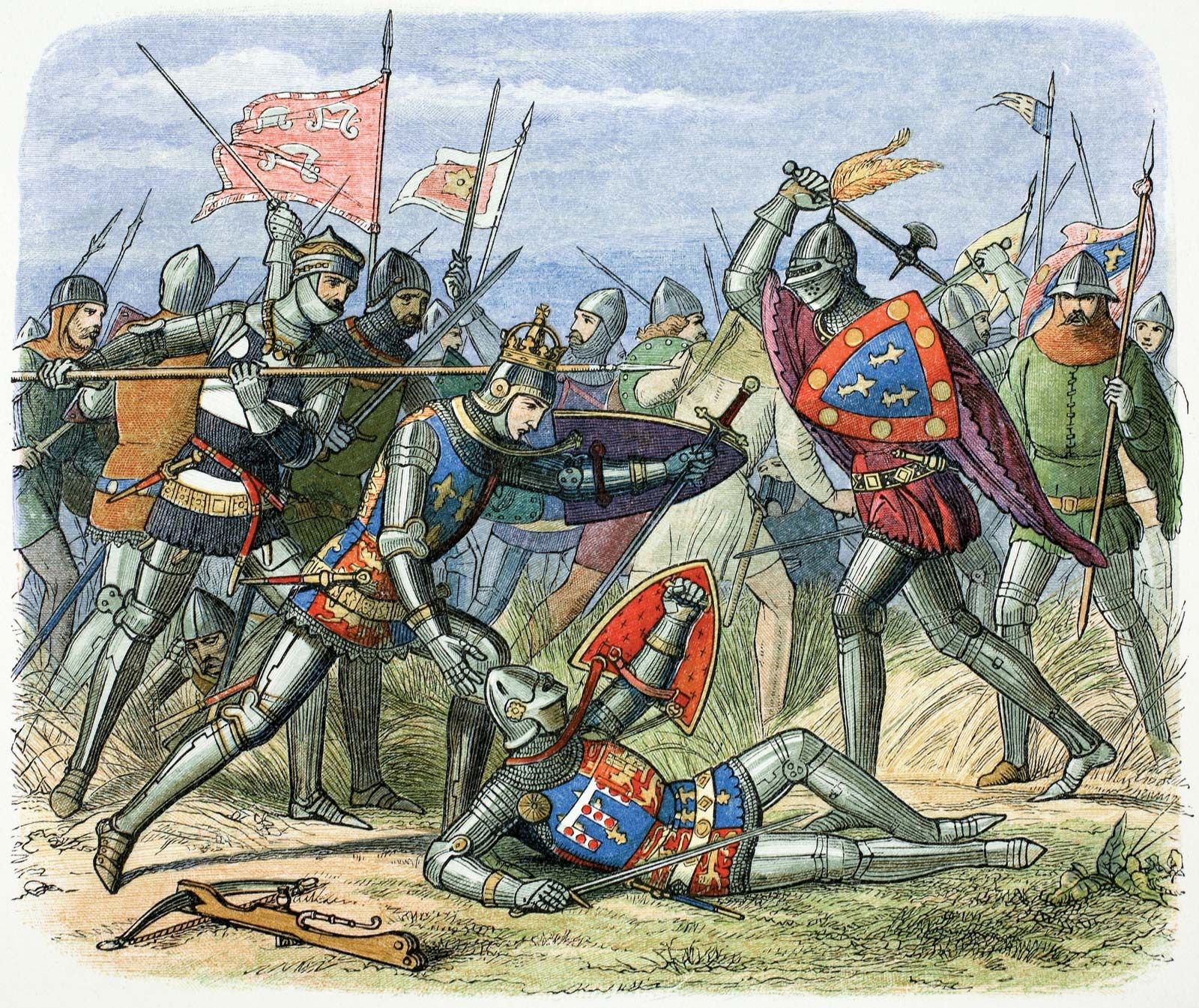too larry
Well-Known Member
My Daddy would have been 96 a couple of three days ago. He died in 02.On the day this thread was made, my father turned 73.
My Daddy would have been 96 a couple of three days ago. He died in 02.On the day this thread was made, my father turned 73.
On the day this thread was made, my father turned 73.



It's hard to explain how big this was in southern rock fans lives. I was 16 at the time. Years later in my first attempt at writing a novel, Lisa, the protagonist was conceived on the afternoon of 10-20-1977.The College of Rock and Roll Knowledge
5 hrs ·
42 years ago today, on October 20, 1977, a Convair CV-240 chartered by Lynyrd Skynyrd ran out of fuel and crashed in Gillsburg, Mississippi, near the end of its flight from Greenville, South Carolina, to Baton Rouge, Louisiana.
Lead singer Ronnie Van Zant, guitarist/vocalist Steve Gaines, backing vocalist Cassie Gaines (Steve's older sister), assistant road manager Dean Kilpatrick, pilot Walter McCreary and co-pilot William Gray all died as a result of the crash. Twenty others survived.
The pilots attempted an emergency landing on a small airstrip, but the plane crashed in a forest near Gillsburg, Mississippi.
Cassie Gaines was a member of Lynyrd Skynyrd's backup vocal group "The Honkettes". One of the other members of the group, JoJo Billingsley, was not on the plane and was home sick as she had been planning to join the tour in Little Rock, Arkansas, on October 23. Billingsley has said that she had dreamed of the plane crash and begged Allen Collins by telephone not to continue using it.
Do you remember your first thoughts when you heard of the crash?
RIP Cassie, Steve, Ronnie, Dean, Walter and William. They are as free as a bird now...





Yes, this was before the "prove you're american" rules for children born in other countries to american service members. That is one job I do not want, and I will leave it at that.
This can't be right. 42 years. Nope.
The College of Rock and Roll Knowledge
Meat Loaf released his second (and first major label) LP "Bat Out of Hell" on Oct. 21, 1977. It is one of the best-selling albums in the history of recorded music, having sold over 43 million copies worldwide. The album has become one of the most influential and iconic albums of all time and its songs have remained classic rock staples.
On the song "Paradise by the Dashboard Light", the sports announcer was Phil Rizzuto (former member of the New York Yankees and later their play-by-play announcer.) As an Italian Catholic, Rizzuto publicly maintained he was unaware that his contribution would be equated with sex in the finished song. However, Meat Loaf asserts that Rizzuto only claimed ignorance to stifle some criticism from a priest and was fully aware of the context of what he was recording.
Do you remember the first time you heard this classic LP? And did any of you ever make the type of commitment made in "Paradise"?
Happy 42nd Birthday to "Bat Out of Hell"!!


I had flown from Cuba to Hampton Roads and was getting processed out of the Navy when that happened. Had to call Mamma and let her know I was alright.
1983 October 23: A suicide bomber drives a truck packed with explosives into the U.S. Marine barracks in Beirut, killing 241 U.S. military personnel. That same morning, 58 French soldiers were killed in their barracks two miles away in a separate suicide terrorist attack. The U.S. Marines were part of a multinational force sent to Lebanon in August 1982 to oversee the Palestinian withdrawal from Lebanon. From its inception, the mission was plagued with problems–and a mounting body count.
In 1975, a bloody civil war erupted in Lebanon, with Palestinian and leftist Muslim guerrillas battling militias of the Christian Phalange Party, the Maronite Christian community, and other groups. During the next few years, Syrian, Israeli, and United Nations interventions failed to resolve the factional fighting, and on August 20, 1982, a multinational force including 800 U.S. Marines was ordered to Beirut to help coordinate the Palestinian withdrawal.
The Marines left Lebanese territory on September 10 but returned in strengthened numbers on September 29, following the massacre of Palestinian refugees by a Christian militia. The next day, the first U.S. Marine to die during the mission was killed while defusing a bomb. Other Marines fell prey to snipers. On April 18, 1983, a suicide bomber driving a van devastated the U.S. embassy in Beirut, killing 63 people, including 17 Americans. Then, on October 23, a Lebanese terrorist plowed his bomb-laden truck through three guard posts, a barbed-wire fence, and into the lobby of the Marines Corps headquarters in Beirut, where he detonated a massive bomb, killing 241 marine, navy, and army personnel. The bomb, which was made of a sophisticated explosive enhanced by gas, had an explosive power equivalent to 18,000 pounds of dynamite. The identities of the embassy and barracks bombers were not determined, but they were suspected to be Shiite terrorists associated with Iran.
After the barracks bombing, many questioned whether President Ronald Reagan had a solid policy aim in Lebanon. Serious questions also arose over the quality of security in the American sector of war-torn Beirut. The U.S. peacekeeping force occupied an exposed area near the airport, but for political reasons the marine commander had not been allowed to maintain a completely secure perimeter before the attack. In a national address on October 23, President Reagan vowed to keep the marines in Lebanon, but just four months later he announced the end of the American role in the peacekeeping force. On February 26, 1984, the main force of marines left Lebanon, leaving just a small contingent to guard the U.S. embassy in Beirut.

 www.learning-history.com
www.learning-history.com


